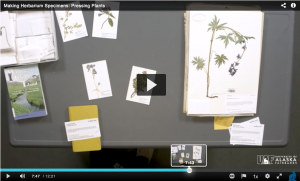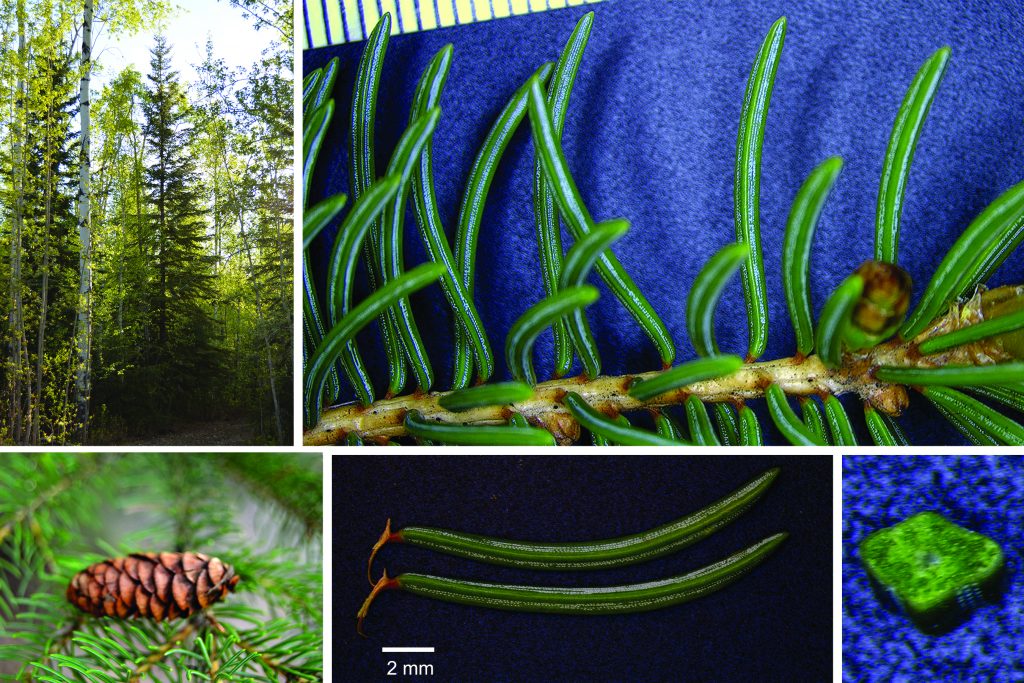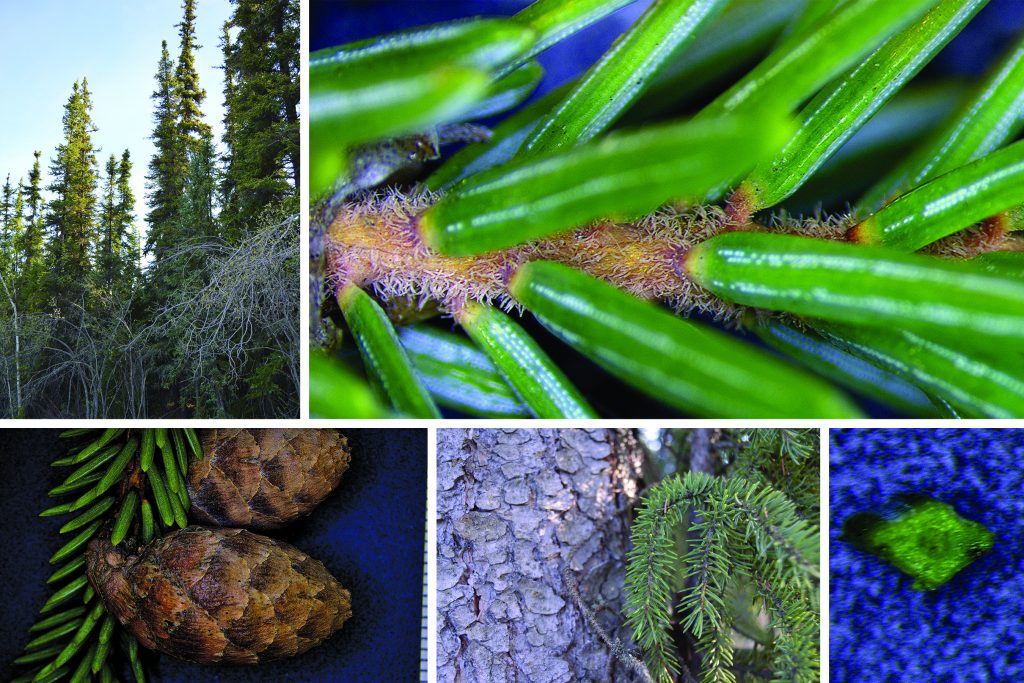24 June – 30 June 2024
Objectives
- Define vocabulary associated with plant morphology, reproductive and vegetative
- Use a dichotomous key to identify plants
- Create a dichotomous key
- Create a plant press, preserve plant specimens
- Identify biomes local to your area
- Make observations of local flora and share
Reading and Lecture
Please watch all of the videos below. The family-specific videos this week cover Brassicaceae and Ericaceae. I’ve also included information about various fruit types, instructions on how to use dichotomous keys, and instructions on how to press plants. I encourage you to watch them more than once as this course progresses.
Family: Brassicaceae
About Brassicaceae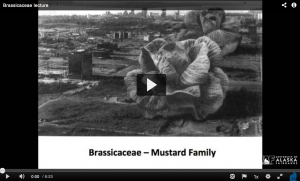 |
Live Dissection (Brassicaceae)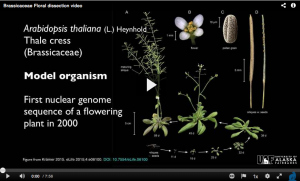 |
Family: Ericaceae
About Ericaceae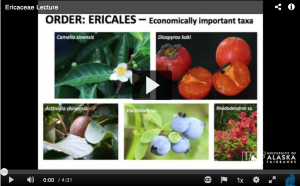 |
Live Dissection (Ericaceae)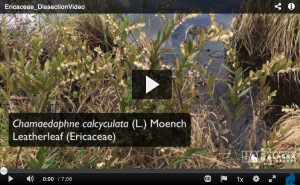 |
More About Fruits
Fruits: Dry, Dehiscent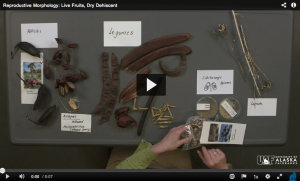 |
Fruit: Dry, Indehiscent, Capsules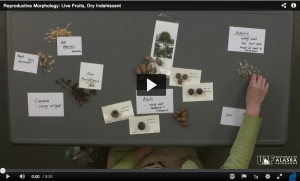 |
Fruit: Fleshy, Simple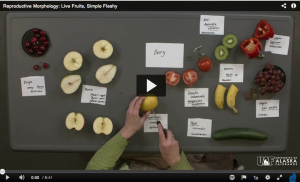 |
Fruit: Fleshy, Multiple, Aggregate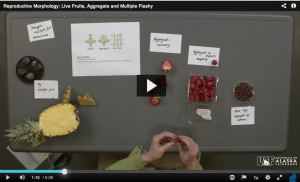 |
Introduction to Dichotomous Keys (video with LEGOs)
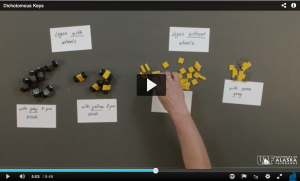 |
In this week’s module, and throughout the class, you will be using dichotomous keys for identification. The live dissection videos I provide highlight the important features of several plant families and species that can be used with the Hulten Key (linked in Canvas). You will find additional identification practice exercises under Resources->Dichotomous Key Practice. |
Pressing Plants
Biomes (Virtual Field Trips)
Alaska’s landscape is a land of contrasts in climate, physical geography and vegetation. We find the highest peak in North America within the state (Denali at 20,310 feet = 6,190 m), as well as vast expenses of boggy lowlands. The climate varies from mild and wet to cold and dry. The state spans nearly 2,100 km of latitude and 3,500 km in longitude and supports tall, fast-growing forests in Southeastern Alaska (with the tropical rain forest elements), and low, slow-growing boreal forests in the Interior, as well as tree-less tundra in the north of the state. (Summarized from Viereck and Little. 2007. Alaska Trees and Shrubs. University of Alaska Press.)
There are numerous vegetation types (biomes) found in Alaska. Each can be characterized based on the most important trees and shrubs occurring within these vegetation types. Follow the links below to visit and explore each 360 º biome.
Activities
Complete the two activities outlined below for this week.
Plant Morphology Quiz 2
The Vegetative Morphology quiz will help reinforce your understanding of the vocabulary associated with the aspects of plant morphology covered in the vegetative morphology videos pertaining to leaves. The quiz is meant to serve as a study aid, and you are able to take it as many times as you like. You will find the quiz by going to the Canvas site for this course, then navigating to Course Modules -> Week 2 and then Quiz 2. The grade of your final attempt will be recorded in the grade center.
Identification Using Dichotomous Key
Using provided keys, identify the violets and spruce in the plates below. Be sure and watch the video, “Introduction to Dichotomous Keys (video with LEGOs)” first!. There are two species of violets that you should be able to identify using the provided key, and two species of spruce. For the violets, note that neither of them has a stem, rather the leaves and flowers arise directly from the rhizome.
Use the two keys linked below to identify the two types of violets, note that both lack a well-developed rootstock (sorry, no pictures of the rootstock).

Above are images of the first violet species to be keyed out.
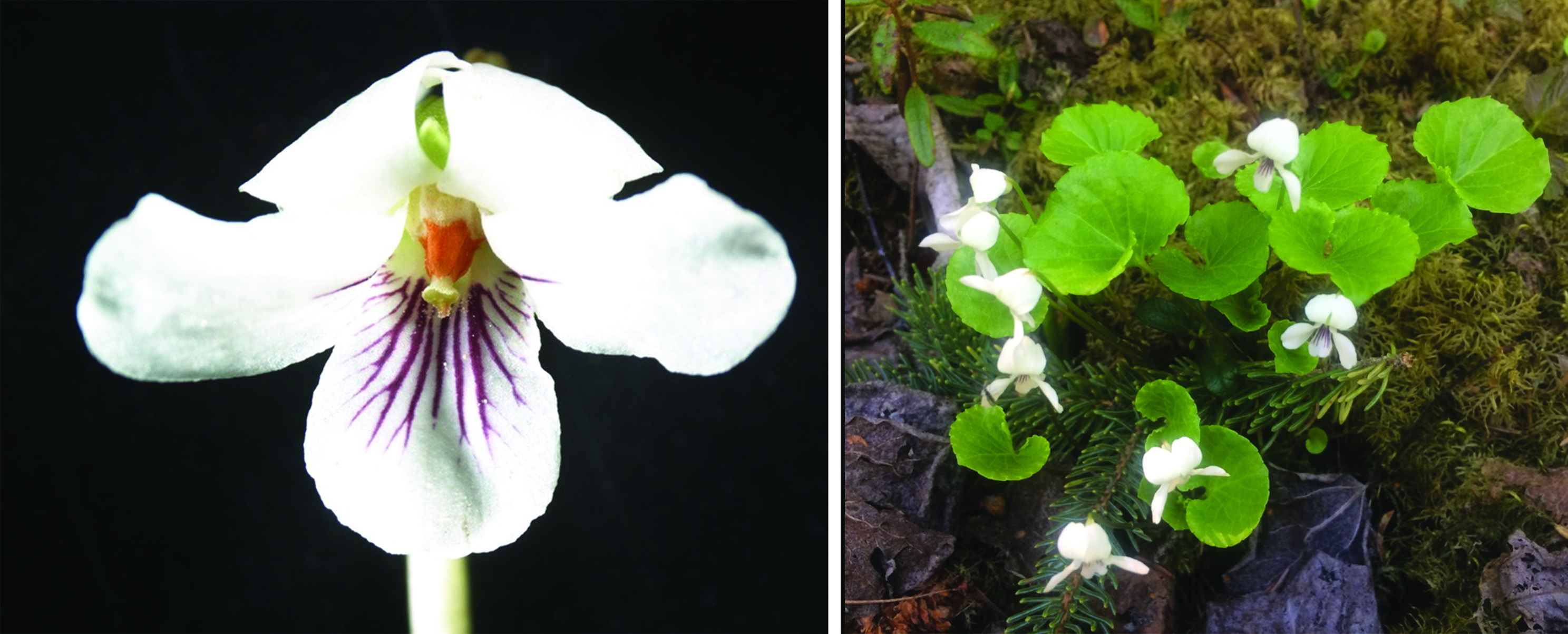
Above are two images of the second violet species.
To identify the spruce plates below, use the linked Hulten key.
Assignments
You have three assignments for this week. The instructions for each are given below.
Create Your Own Dichotomous Key
Think back to the dichotomous key activity you just completed, the Lego video, and the Hulten and Cody keys you used. You will now create your own (unofficial) key for the purpose of differentiating plants in the 4 plates (plants 1-4) below. You can click on each of the plates to see an enlarged size of these images.
- Using the provided plant images below, construct a dichotomous key. Your key will be used to identify the specimens in the plant images below (do not worry about genus species, just general categories are needed). Think of each collection of images as a plant species (full-sized images are linked to the thumbnails).
- Keep in mind that you are not identifying each plant to species. Instead, you are observing the characteristics of each plant to create the key.
- Build your own key in MS Word or Google Docs or upload a screenshot of your key.
- Submit your key as a new post here on the class website. Be sure and select the “Dichotomous Key” category when you create your post.
| Plant 1 | Plant 2 | Plant 3 | Plant 4 |
|---|---|---|---|
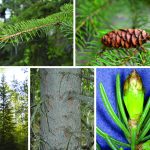 |
 |
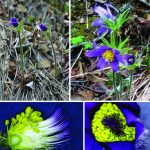 |
 |
iNaturalist Observations
Make 5 observations to iNaturalist. Be sure to include them in the Plants and Fungi of Alaska project when submitting each observation. You will need to provide at least 3 images for each observation, overall habit, close-up of the flower and close-up of the leaf. It would be great to provide an underside image of the leaf and the upper surface of the leaf as well as these often have different pubescence (the tiny hairs, or trichomes), and can make the leaf appear dull or shiny.
Making Plant Voucher Specimens Using a Plant Press
- After watching the Pressing Plants video (above), make plant collections (3) from your yard and press the specimens in newspaper. You might want to get going on this early in the week.
- Submit images (3) of your work as a new post here on the class website. Be sure and use the “Pressed Plants” category when you create your post.
- Each voucher specimen should show the overall vegetative morphology of the plant as well as the reproductive structures of the plant, and a label with the pertinent information about what (Genus +species + author of the scientific name), where, when and who collected it. It is best to lay the pressed specimen on a white sheet of paper or cardboard and lay the label beside it (in the lower right hand corner of the paper or cardboard). See some great examples on the website when you enter the search term “pressed plants” on the class website. For example a grapevine. or a mulberry from previous years. We have had some interesting students from across the globe.
The rubric for this assignment can be found in Canvas.


